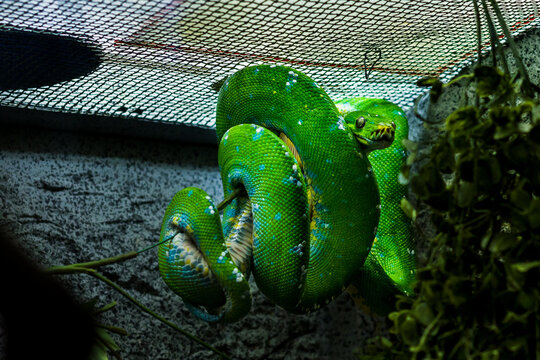Snakes are fascinating reptiles that require specific environmental conditions to thrive in captivity. One of the most critical aspects of proper snake husbandry is maintaining appropriate temperatures within their enclosure. Unlike mammals, snakes are ectothermic (cold-blooded), meaning they rely on external heat sources to regulate their body temperature. However, overheating can pose serious health risks to your serpentine companion, potentially leading to stress, dehydration, neurological issues, and even death. Creating a safe thermal environment requires knowledge, attention to detail, and regular monitoring. This comprehensive guide will explore various strategies to prevent overheating in your snake’s habitat, ensuring your reptilian friend remains healthy and comfortable.
Understanding Your Snake’s Temperature Requirements
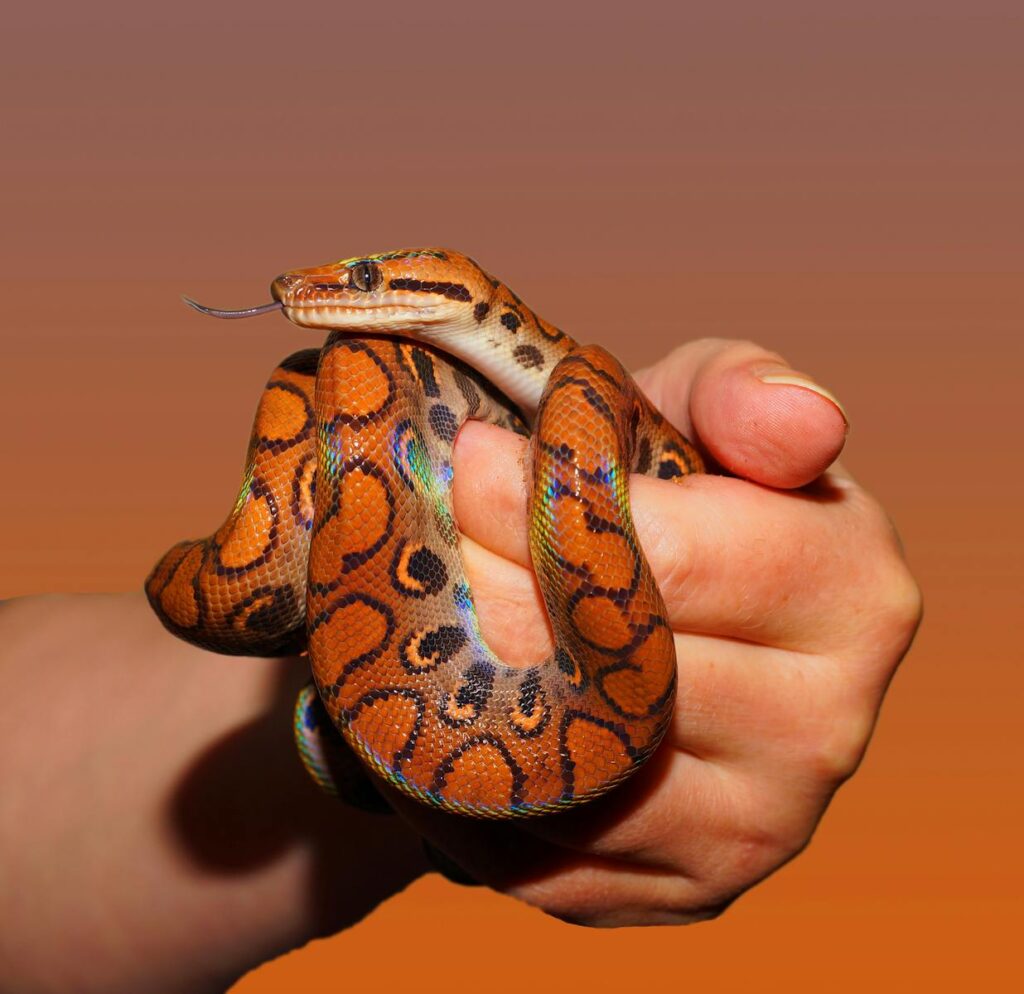
Different snake species have evolved in various climates around the world, resulting in distinct temperature preferences and requirements. Desert-dwelling species like ball pythons or corn snakes generally tolerate higher temperatures than tropical species such as rainbow boas. Before setting up your snake’s enclosure, thoroughly research the specific temperature range recommended for your particular species. Most snakes require a temperature gradient within their enclosure, with a warmer basking area (often called the “hot spot”) and a cooler retreat area. This temperature differential allows your snake to thermoregulate by moving between areas as needed, mimicking their behavior in the wild. Understanding these natural requirements forms the foundation for creating a safe heating system that won’t risk overheating your reptile companion.
Choosing the Right Heat Sources
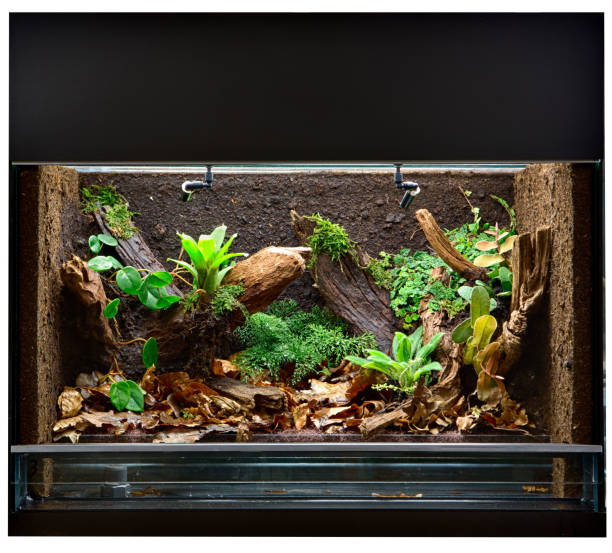
Selecting appropriate heat sources is crucial for maintaining safe temperatures in your snake’s enclosure. Under-tank heaters (UTHs) or heat mats are popular options that provide belly heat, which helps snakes digest food properly. Ceramic heat emitters produce heat without light, making them ideal for 24-hour heating without disrupting your snake’s day/night cycle. Heat lamps can provide both heat and light, but must be turned off at night to maintain a natural photoperiod. Radiant heat panels mount to the ceiling of the enclosure and provide gentle, even heat distribution. Each heating option has advantages and potential risks for overheating, so careful consideration of your specific setup and species requirements is essential. Avoid using hot rocks, which can cause dangerous contact burns due to their uneven heat distribution and potential for malfunction.
Essential Temperature Control Equipment
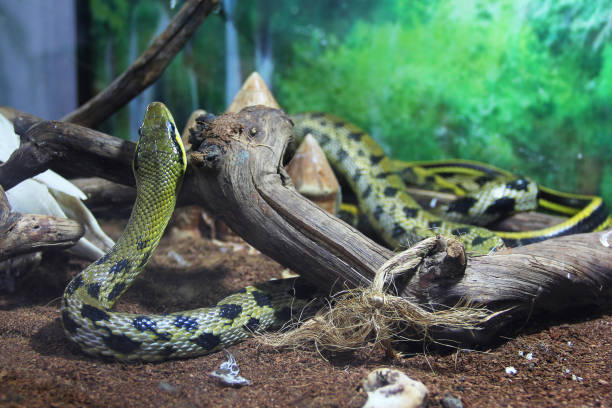
Reliable temperature control equipment is non-negotiable for preventing overheating in snake enclosures. The most important device is a high-quality thermostat that connects to your heating elements and automatically turns them off when temperatures reach preset limits. Proportional thermostats offer the most precise control by gradually adjusting power to heating elements, maintaining temperatures within 1-2 degrees of your setting. Digital thermometers with probes provide accurate temperature readings at both the warm and cool ends of the enclosure, allowing you to monitor the temperature gradient. Infrared temperature guns offer spot-checking capabilities by measuring surface temperatures instantly without contact. For additional safety, consider installing temperature alarms that alert you when temperatures exceed safe thresholds, particularly useful for expensive or sensitive species. This equipment creates multiple layers of protection against potentially fatal overheating scenarios.
Creating Effective Temperature Gradients
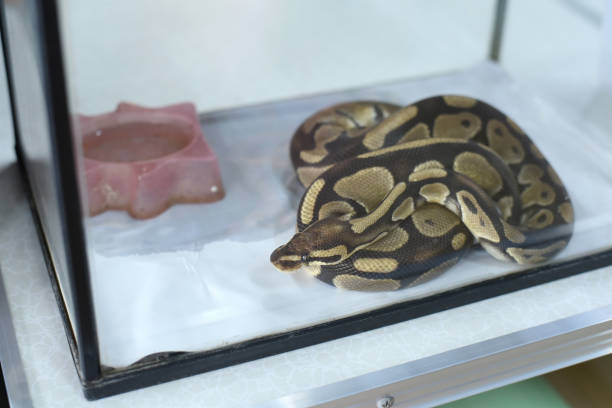
A proper temperature gradient is essential for allowing your snake to thermoregulate naturally by moving between warmer and cooler areas as needed. Position your heating elements to warm approximately one-third of the enclosure, creating a hot spot at the appropriate temperature for your species. The temperature should gradually decrease across the enclosure to create a cooler retreat area where your snake can escape excessive heat. Measure temperatures at both ends and the middle of the enclosure to ensure a smooth gradient without sudden temperature changes. Proper enclosure size is crucial for establishing an effective gradient – if the space is too small, heat will distribute too evenly, eliminating the cooler retreat area your snake needs. Providing various hiding spots throughout the temperature gradient allows your snake to feel secure while regulating its body temperature, reducing stress, and promoting natural behaviors.
Proper Placement of Heating Elements
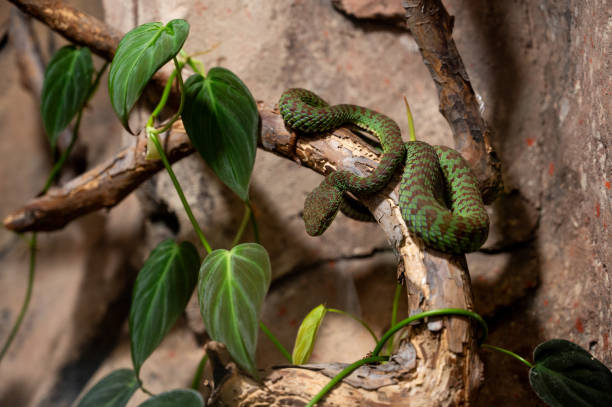
Strategic placement of heating elements significantly affects temperature distribution and overheating risks in snake enclosures. For under-tank heaters and heat mats, position them under one side of the enclosure (typically covering 30-40% of the floor space) to create the warm zone. Always place these heating elements outside the enclosure, never inside, where direct contact could burn your snake. For overhead heating elements like ceramic heat emitters or heat lamps, mount them securely above the enclosure with appropriate fixtures, ensuring your snake cannot directly contact the hot surface. Position overhead heat sources toward one end of the enclosure to maintain the temperature gradient. Remember that heat rises, so in taller enclosures, overhead heating elements might create excessive temperatures at upper levels while leaving the floor cooler. Regularly check temperatures at various heights if using overhead heating to ensure all areas remain within safe ranges.
Monitoring and Maintaining Safe Temperature Ranges
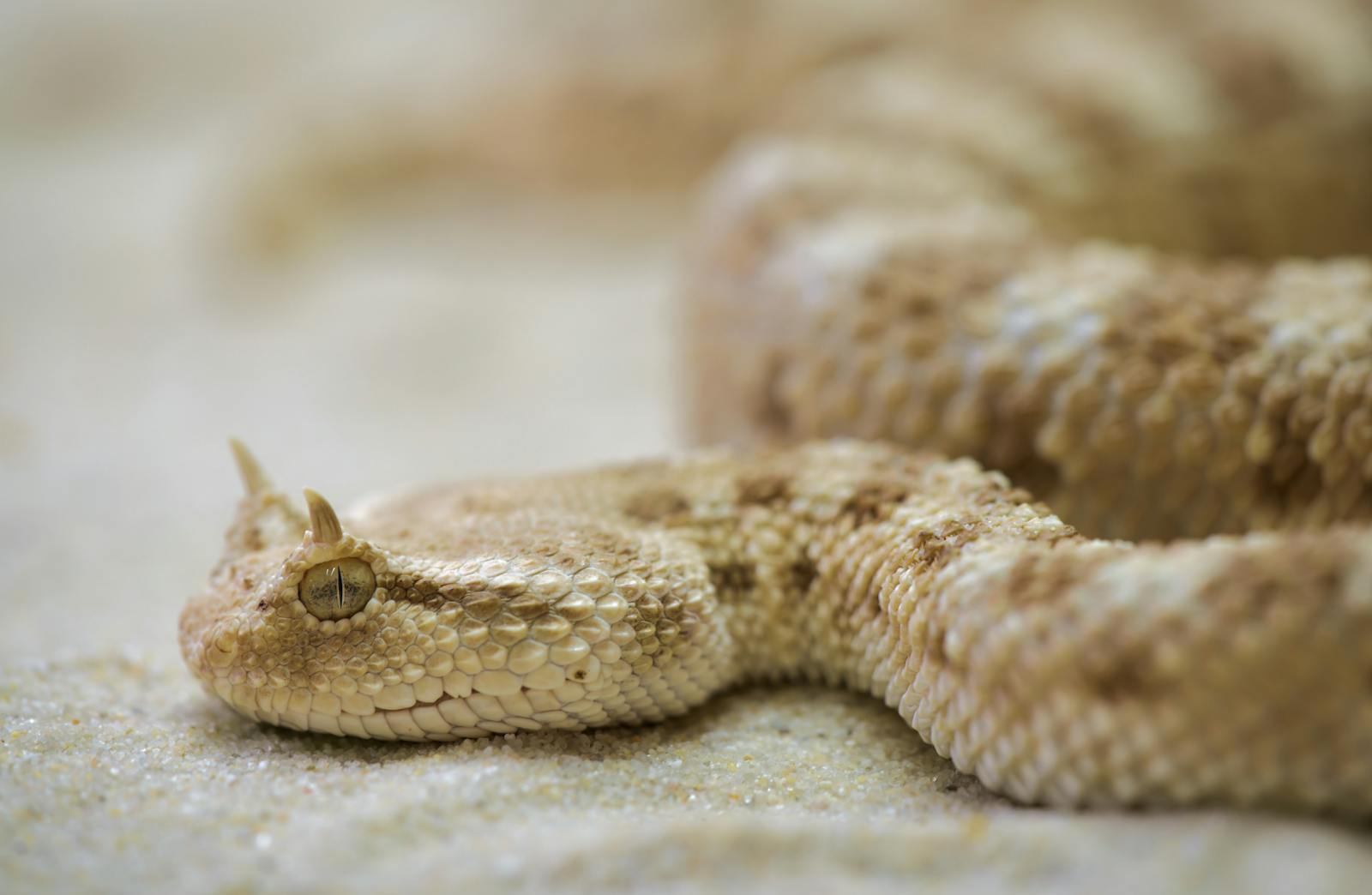
Consistent monitoring is vital for preventing dangerous temperature fluctuations in your snake’s habitat. Check temperatures at least twice daily – morning and evening – to catch any potential issues before they become dangerous. Record temperature readings in a log to help identify patterns or gradual changes that might indicate equipment problems. Position multiple thermometer probes throughout the enclosure, including at the warmest basking spot, the coolest retreat area, and any hiding spots your snake frequently uses. Understand the specific temperature range your snake species requires, including daytime basking temperatures, ambient temperatures, and appropriate nighttime drops. Most snakes can tolerate minor temperature fluctuations, but sustained periods outside their optimal range can lead to stress, illness, and compromised immune function. Regular monitoring becomes especially important during seasonal changes when ambient room temperatures might affect your enclosure’s internal climate.
Avoiding Common Enclosure Placement Mistakes
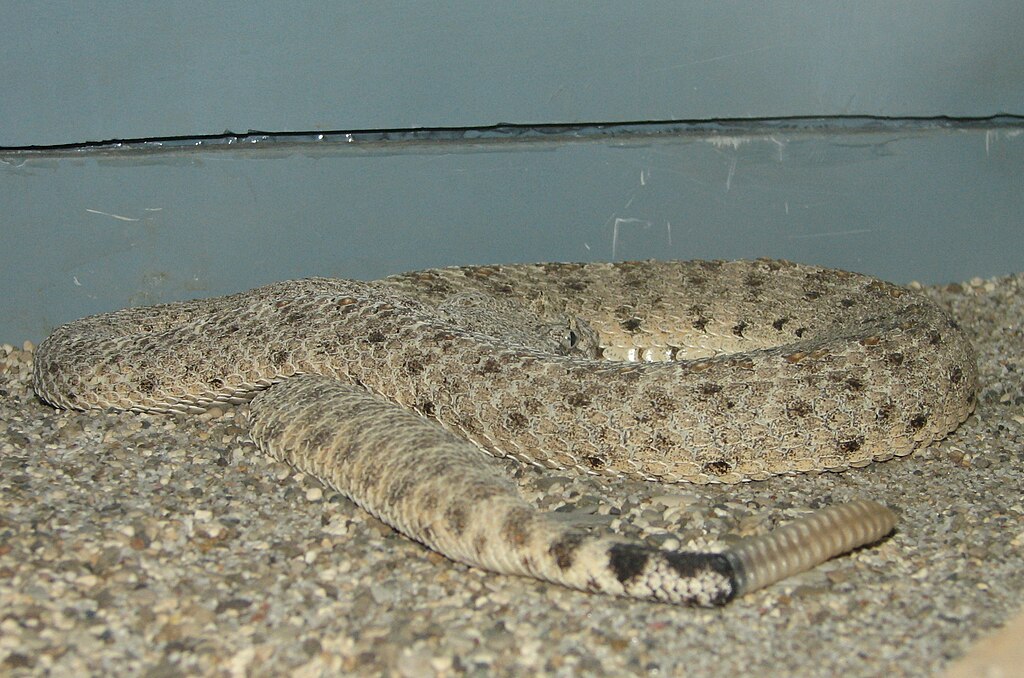
The location of your snake’s enclosure within your home can significantly impact internal temperatures and overheating risks. Never place enclosures in direct sunlight, as this can rapidly create dangerous greenhouse effects even with proper temperature controls in place. Avoid positioning habitats near radiators, heating vents, or other heat sources that could unevenly warm the enclosure and interfere with your temperature control systems. Be mindful of seasonal changes in ambient room temperature and sunlight patterns, as a safe winter location might become dangerously warm during summer months. Keep enclosures away from drafty areas like windows or external doors, as these can create temperature fluctuations that stress your snake and potentially cause your heating elements to overcompensate. Also consider the vertical position – heat naturally rises, so enclosures placed on high shelves may be several degrees warmer than those at floor level in the same room.
Selecting the Right Enclosure Materials
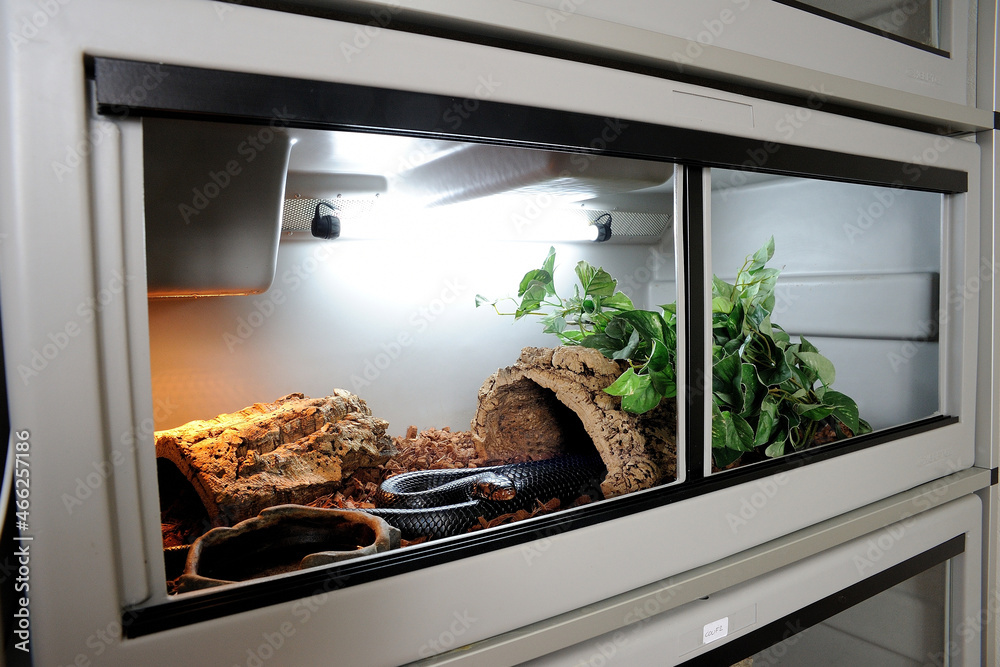
The materials used in your snake’s enclosure significantly affect heat retention and distribution, directly impacting overheating risks. Glass terrariums conduct and retain heat differently than plastic or wooden enclosures, with glass typically offering less insulation and more uneven heating. Wooden vivariums provide better insulation and temperature stability, but can trap heat if not properly ventilated. PVC enclosures offer excellent insulation and humidity retention while maintaining more stable temperatures than glass. Consider how different substrate choices affect heat distribution – deeper substrates can insulate the enclosure floor, potentially increasing the temperature differential between the substrate surface and the heating element below. Some decorative elements, like large rocks or driftwood, can absorb and radiate heat, potentially creating unexpected hot spots within the enclosure. Always test how your specific enclosure materials interact with your heating system before introducing your snake to ensure safe and stable temperatures throughout.
Importance of Proper Ventilation
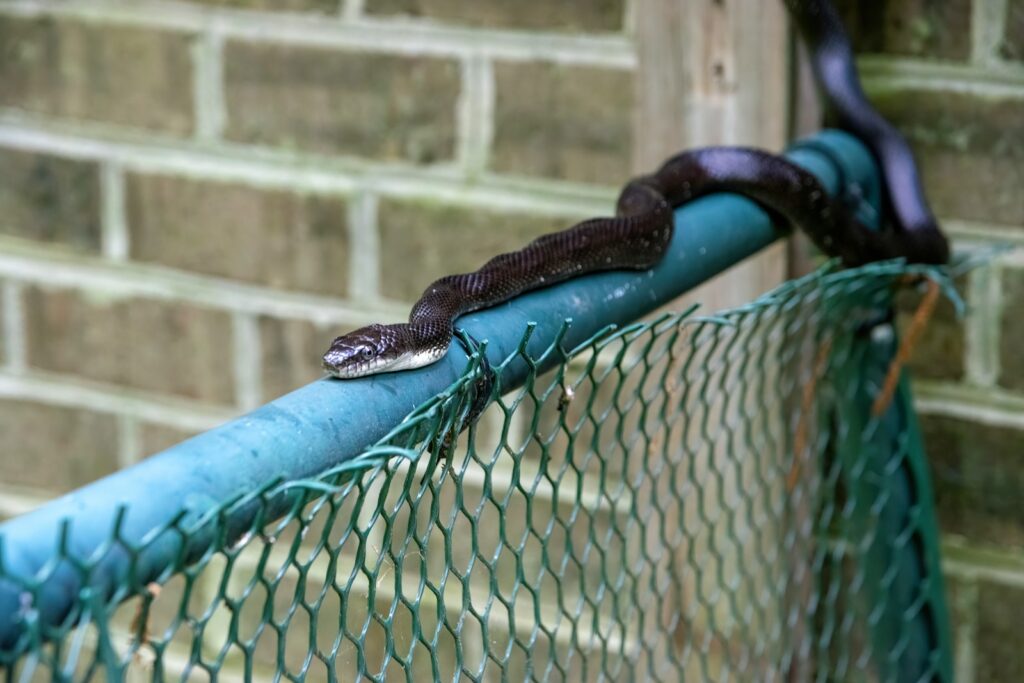
Adequate ventilation plays a crucial role in preventing overheating while maintaining appropriate humidity levels for your snake. Ventilation allows excess heat to escape and promotes air circulation, preventing hot spots from forming in certain areas of the enclosure. Strategic vent placement can help maintain your temperature gradient – placing vents on both the warm and cool ends allows for cross-ventilation without eliminating the temperature differential. For high-humidity species, balancing ventilation with humidity requirements can be challenging; using adjustable vents or partially covering fixed vents offers more control over airflow. In particularly hot climates or during summer months, increased ventilation may be necessary to prevent dangerous temperature spikes. However, be aware that excessive ventilation can make it difficult to maintain proper humidity and temperature levels, potentially stressing humidity-sensitive species like ball pythons or rainbow boas.
Emergency Cooling Methods

Despite the best preventive measures, emergencies like power outages, equipment malfunctions, or extreme weather events may require rapid cooling of an overheated snake enclosure. Keep frozen water bottles or ice packs on hand that can be wrapped in towels and placed in the enclosure to provide emergency cooling. For immediate temperature reduction, carefully mist your snake with room-temperature water, which provides cooling through evaporation without shocking their system with cold water. Moving the entire enclosure to a cooler room can help gradually lower temperatures during extended heat events. For severe overheating situations, temporarily relocating your snake to a properly ventilated transport container in a temperature-controlled environment may be necessary. Develop an emergency plan before you need it, including backup power options for heating and cooling equipment during outages, especially if you live in an area prone to extreme temperatures or frequent power disruptions.
Recognizing Signs of Overheating in Snakes
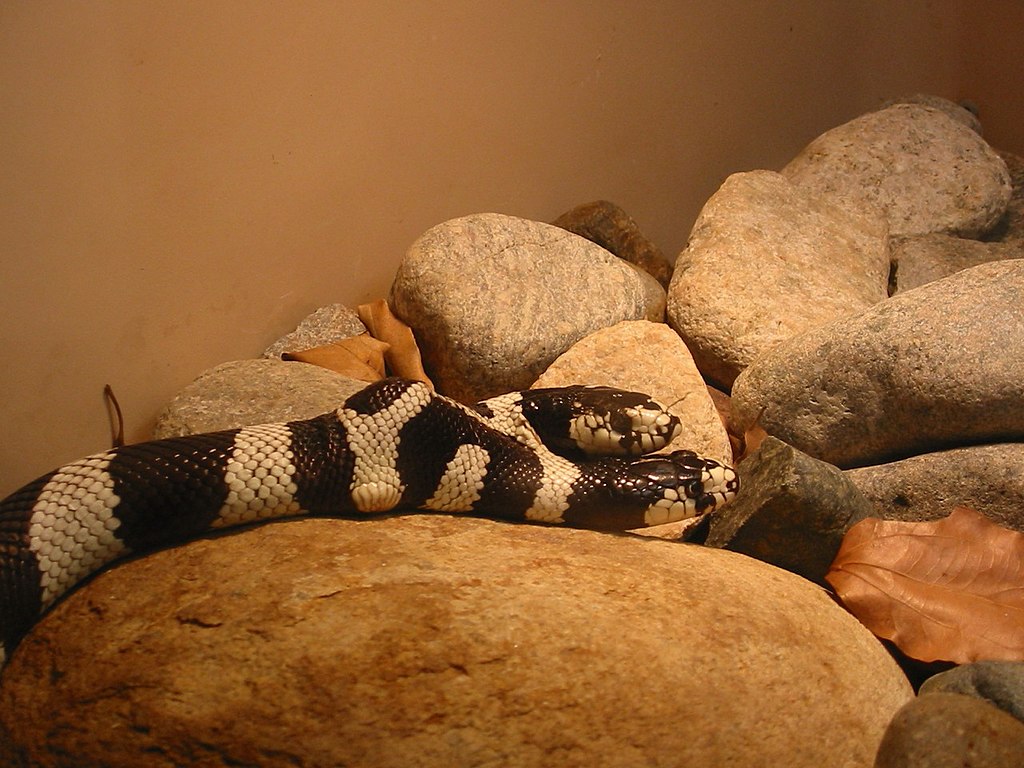
Being able to recognize symptoms of overheating can help you intervene before serious health problems develop. A snake seeking the coolest part of the enclosure, spending excessive time soaking in water dishes, or pressing its body against the glass walls are potential indicators of overheating. Rapid, open-mouth breathing (gaping) is a concerning sign that your snake is attempting to cool itself through respiratory evaporation. Unusual restlessness, repeatedly trying to escape the enclosure, or refusing to use hiding spots on the warm side may indicate temperature discomfort. In more severe cases, neurological symptoms may appear, including disorientation, loss of muscle control, or seizure-like activity. Prolonged exposure to excessive heat can lead to permanent neurological damage, organ failure, and death, making prompt recognition and response to these warning signs critical for your snake’s survival.
Seasonal Adjustments to Heating Protocols
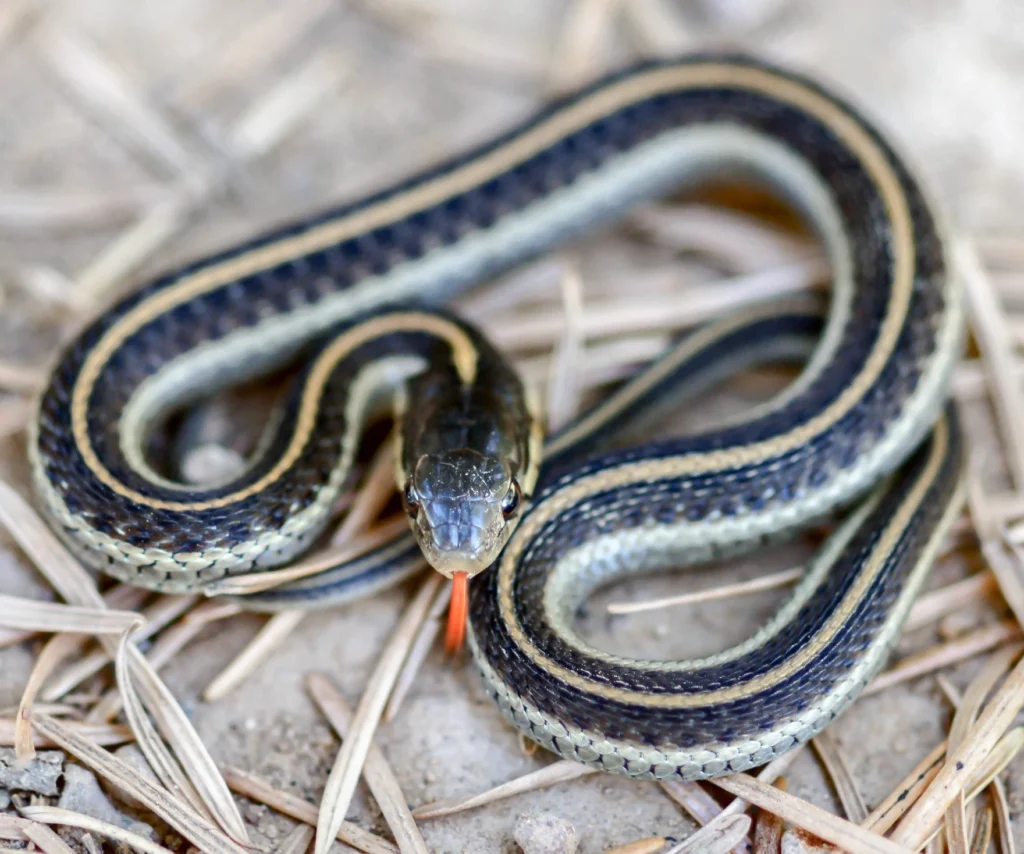
As seasons change, adjustments to your heating strategy may be necessary to maintain optimal conditions for your snake. During summer months, you might need to reduce the output of heating elements or adjust thermostat settings downward to compensate for higher ambient temperatures. Some keepers switch to lower-wattage heating elements during warmer seasons to reduce overheating risks. Conversely, winter might require more heating power or additional insulation around the enclosure to maintain proper temperatures. Be especially vigilant during seasonal transitions when temperatures can fluctuate dramatically throughout the day. Some species naturally experience seasonal temperature variations in their native habitats, and mimicking these natural cycles can support their biological rhythms and reproductive health. However, any seasonal adjustments should still maintain the species-appropriate temperature range, particularly the vital cool retreat area that prevents overheating.
Creating a Comprehensive Temperature Monitoring System
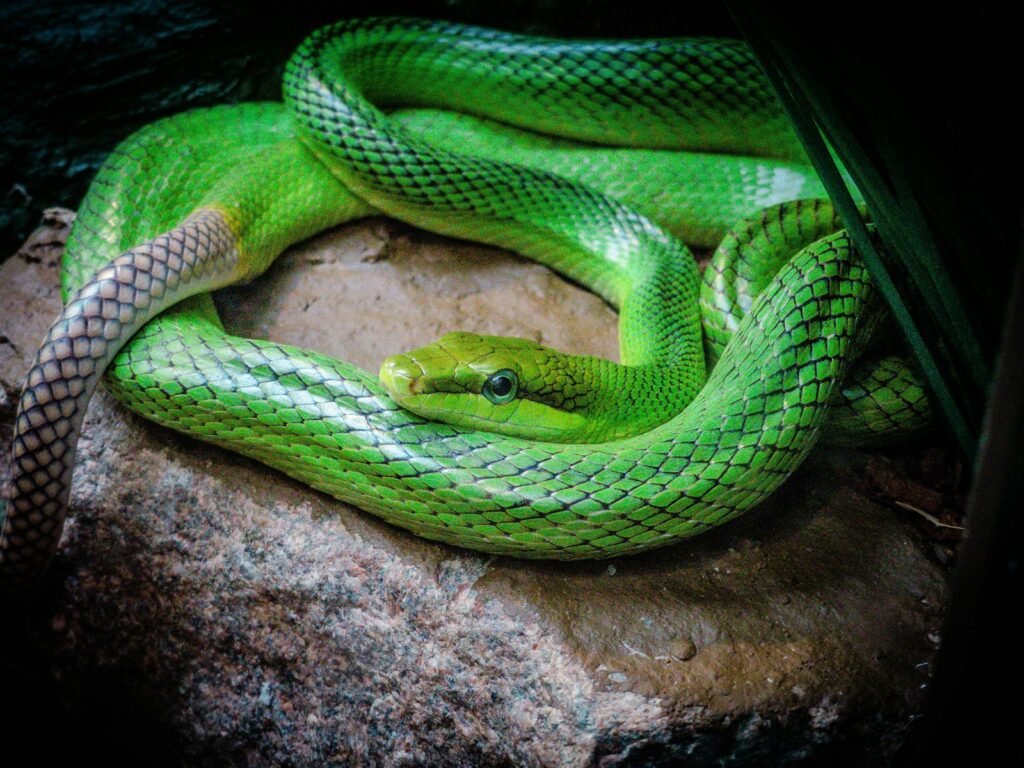
For the most effective prevention of overheating, develop a comprehensive monitoring system that combines technology with regular manual checks. Consider investing in remote monitoring systems that allow you to check temperatures via smartphone apps even when away from home. Programmable thermostats with built-in safety features can automatically adjust heating elements based on time of day or recorded temperature patterns. Create a backup system by using multiple thermometers from different manufacturers to cross-verify readings and identify potentially faulty equipment. Implement a regular testing schedule to verify that thermostats are functioning correctly by checking if they shut off heating elements when set temperatures are reached. Document your monitoring protocols and temperature logs, which can be invaluable for troubleshooting issues or adjusting your setup over time. This multi-layered approach provides redundancy that significantly reduces the risk of dangerous overheating events occurring without detection.
Special Considerations for Different Snake Species
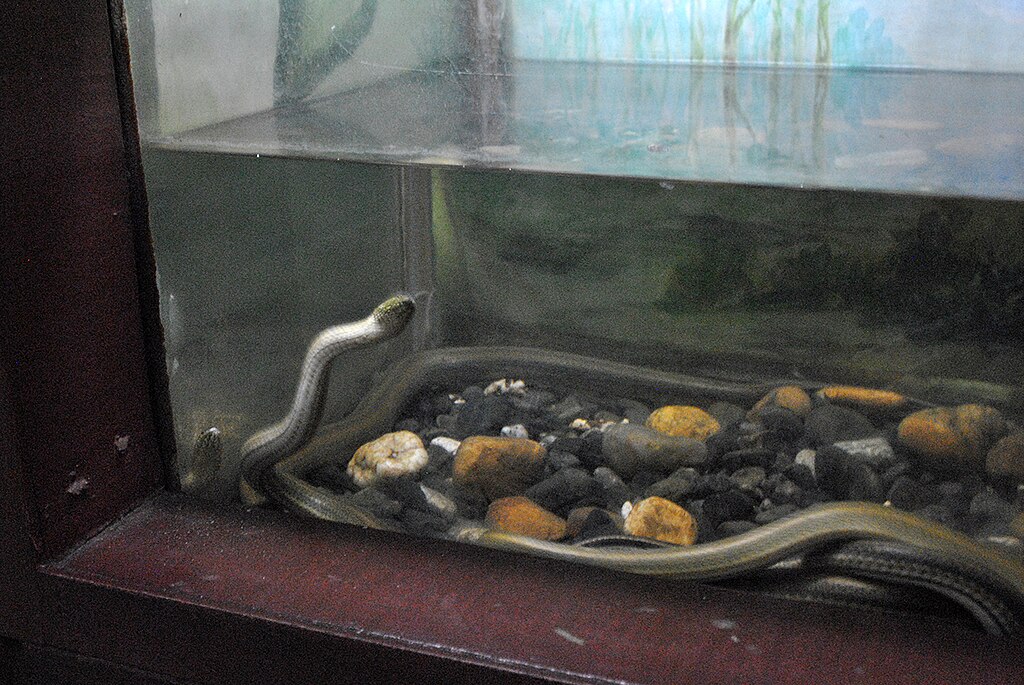
While general principles of temperature management apply across species, specific adaptations are necessary for different types of snakes. Tropical species like rainbow boas and green tree pythons typically require more moderate temperatures with higher humidity, making them particularly vulnerable to overheating in poorly ventilated enclosures. Desert species such as sand boas or hognose snakes naturally tolerate higher daytime temperatures but still require cooler retreat areas and nighttime temperature drops. Arboreal species may experience significant vertical temperature stratification in their enclosures, with higher temperatures near the top that must be carefully monitored. Some species, particularly certain colubrids like corn snakes and king snakes, tolerate a wider temperature range, but this doesn’t eliminate the need for proper temperature gradients and monitoring. Research your specific species’ microhabitat preferences in the wild and attempt to recreate these conditions rather than simply maintaining generic “snake temperatures” that might not be appropriate for your particular reptile.
In conclusion, preventing overheating in your snake’s enclosure requires a combination of proper equipment selection, strategic setup, consistent monitoring, and species-specific knowledge. By implementing the strategies outlined in this guide, you’ll create a safe, comfortable environment that supports your snake’s health and natural behaviors. Remember that temperature management is not a set-it-and-forget-it aspect of snake keeping – it requires ongoing attention and occasional adjustments as seasons change and equipment ages. The time invested in creating and maintaining proper thermal conditions will reward you with a healthier, more active snake and fewer veterinary emergencies. Most importantly, these efforts demonstrate responsible stewardship of the fascinating reptile in your care, ensuring it thrives rather than merely survives in captivity.

